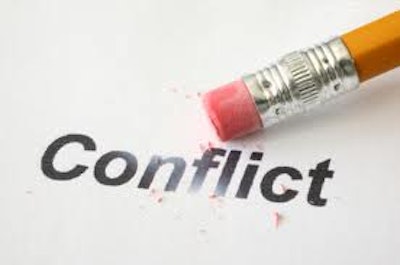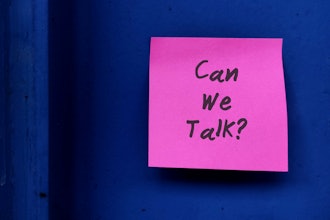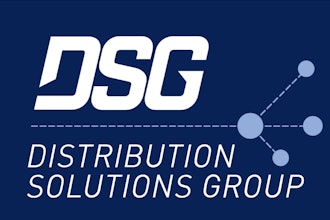
Conflict and confrontation—I love them! As a “recovering” trial attorney, I view conflict as the natural course of events when two or more individuals or groups have ideas or interests that clash. This clash creates the tension that is necessary for a constructive change in an organization.
Without effectively managed workplace conflict, the organization’s goals can't be achieved because the status quo will go unchallenged, and that will eventually stifle both individual creativity and organizational growth.
Most people hate conflict and attempt to avoid it at all cost because they don’t understand its value to the organization—a challenge to the way things are with the way things need to be. People also hate conflict because they have not been trained to engage in it constructively. When employees have the skill set to resolve workplace conflicts, potentially destructive disputes become opportunities to make the organization more productive and efficient. In other words, conflict turns into creative answers to difficult workplace problems.
Typically, managers are required to deal with two types of workplace conflict: good and bad.
Good Conflict: Employees respectfully disagree, and the creative tension becomes an inherent part of any healthy business because it encourages the free flow of ideas, creativity, and productive activities.
Bad Conflict: Employees maintain unresolved conflict that breeds in an atmosphere of tension, misunderstanding, and fear, which creates employee dissatisfaction, increased turnover, absenteeism and stress, diminished production, and poor customer service.
Before managers can respond to bad conflict in the workplace, they need to be aware of the following root causes of conflict:
- Denial – some people do not or will not see a conflict.
- Skill Deficient – poor communicators or poor negotiators
- Lack of Information – poor organizational communication systems
- Conflicting Interests – different wants and needs of the individuals involved in the conflict
- Stress – 10 to 20 percent of the workforce suffer from severe stress
- Personality Style – some personalities are bound to clash
- Scarce Resources – more work and less resources (time, people, material, money)
- Organizational Deficiencies – no organizational system exists to resolve issues
- Selfishness – greed causes conflict
- Evil Intent – intent to cause harm
- Fear – often of change
Conflict is often unresolved because managers believe it will go away on its own, but it needs to be addressed as soon as it appears. Conflict cannot always be resolved neatly, but the following eight steps can help managers turn bad conflict into good conflict.
- Define what the conflict is about: Determine the real reason for the conflict before attempting to devise a resolution.
- It’s not you vs. me; it’s you and me vs. the problem: Conflict resolution must be based on “collaboration” not “competition.”
- Find common ground: Move from areas of agreement by identifying shared concerns before moving to any areas of disagreement.
- Separate opinions from facts: Facts help clarify perceptions, which help to resolve conflict.
- Keep an open mind: There are always at least two sides to every conflict. Do not pre-determine the resolution before hearing all sides.
- Listen actively: Listen with the intent to understand, not to respond.
- Silence is not necessarily assent: If there is no clearly defined, agreed upon resolution to the conflict, there is no resolution to the conflict.
- Follow up: To ensure the conflict is really resolved, check in with the parties involved to determine if the resolution is working.
By understanding the value of conflict and how to resolve it positively, managers can create a workplace where not always getting along can be a good and healthy thing.






















